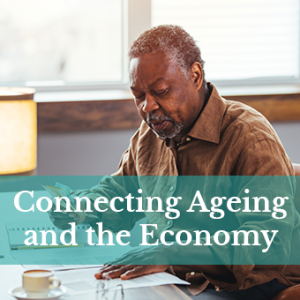
Capturing the variation in resident care costs in the Australian Aged Care system
Presenter(s):
James Chen, Independent Health and Aged Care Pricing Authority IHACPA, Australia
Abstract
Introduction:
The Australian National Aged Care Classification (AN-ACC) funding model, introduced in late 2022, classifies residential aged care residents based on the findings of the 2018 Resource Utilisation Costing Study (RUCS). AN-ACC identifies staff utilisation per resident as the primary driver of cost differences between residents. Cost collections using beacon technology, allows for a better understanding of resident cost differences, ensuring that pricing accurately reflects the actual cost of care. This model aims to provide a more equitable and transparent funding system that aligns with the varying needs of aged care residents
Methods
The Independent Health and Aged Care Pricing Authority (IHACPA) has completed their first Residential Aged Care Costing Study 2023 and is in the process of finalising their second Residential Aged Care Cost Collection 2024. For both, IHACPA used wireless beacon technology to capture care time for residents and identify the types of staff delivering care. This technology aimed to reduce the burden on staff compared to traditional time capture methods, which often involve manual logging and can be time-consuming. A small sample of facilities underwent additional observation to assess how staff utilised their time when not in direct contact with residents, referred to as indirect care time.
The captured time was mapped to financial statements submitted by each facility. Labour costs were allocated to residents based on the captured contact time, ensuring that the costs reflect the actual care provided. The allocation of remaining labour costs was done according to the results of the additional observation study. Shared costs, such as administration, were allocated towards care, accommodation, and hotel services. These costs were then assigned to residents based on their occupied bed days (for care and hotel services) and registered bed days (for accommodation).
Results
The beacon technology provided reliable measurements of resource utilisation across residents, offering a detailed view of how care resources are distributed. The results showed variation in care resource requirements across different AN-ACC end classes, highlighting the diverse needs of aged care residents. Cost variations were noted compared to the 2018 RUCS study, however subsequent policy changes such as mandatory care minutes have been introduced, and the AN-ACC funding model has since been implemented.
Discussion/Conclusions
Technology-based time capture provides resource utilisation data that reflects the needs of residents with varying care requirements. This data is crucial for developing a funding model that accurately reflects the cost of care, ensuring that resources are allocated efficiently. Further investigations are needed to understand resource utilisation for indirect care time and how it integrates into costing systems. Understanding these activities is essential for accurate cost allocation.
In conclusion, the AN-ACC funding model, supported by advanced data collection technologies, represents a significant step forward in the classification and funding of Australian aged care services. By providing a more accurate and transparent view of care costs, this model helps ensure that aged care residents receive the appropriate level of care based on their individual needs.
Bio(s):
James Chen is the Acting Director of Aged Care Costing at IHACPA. Starting his career as a Physiotherapist he has worked in several senior Physiotherapy and Allied Health Manager roles through NSW health. Having implemented several projects into care and funding resource utilization within allied health and public hospitals James is now working to lead the process of creating the processes to develop effective and accurate costing data sets in the aged care sector. He holds a Bachelor in Physiotherapy and a Masters in Healthcare administration and management.
